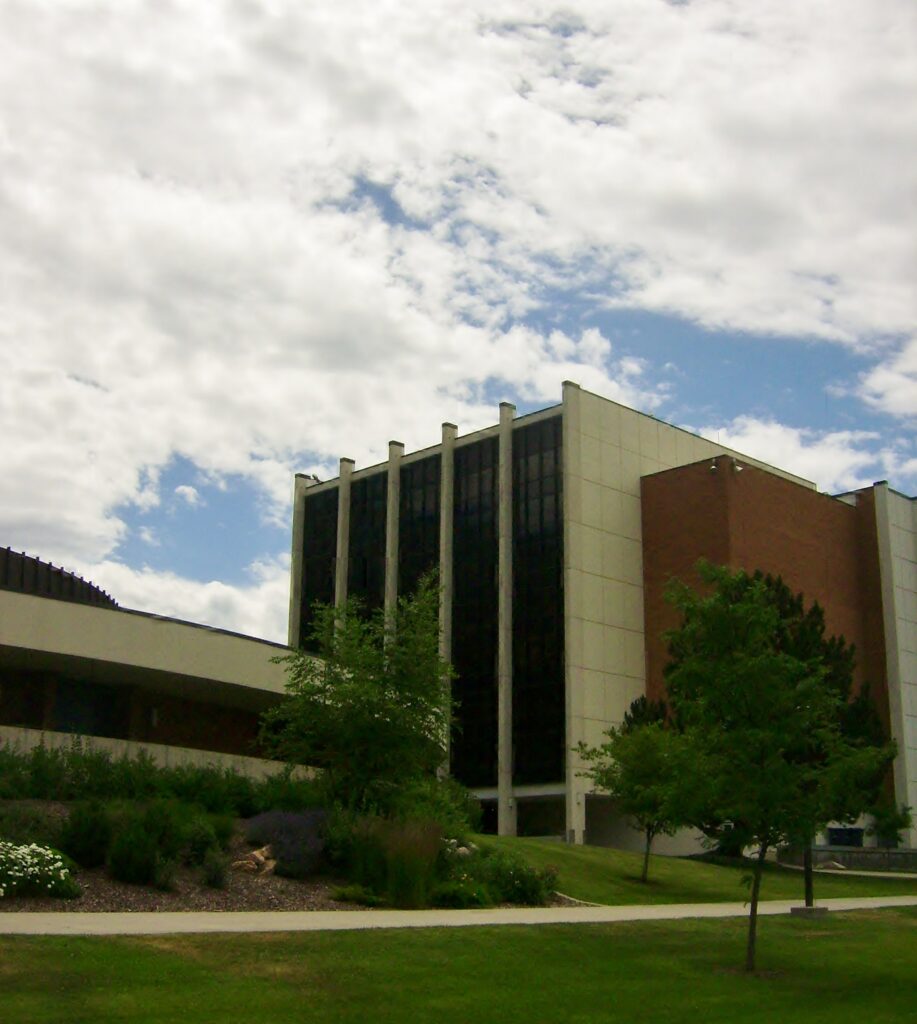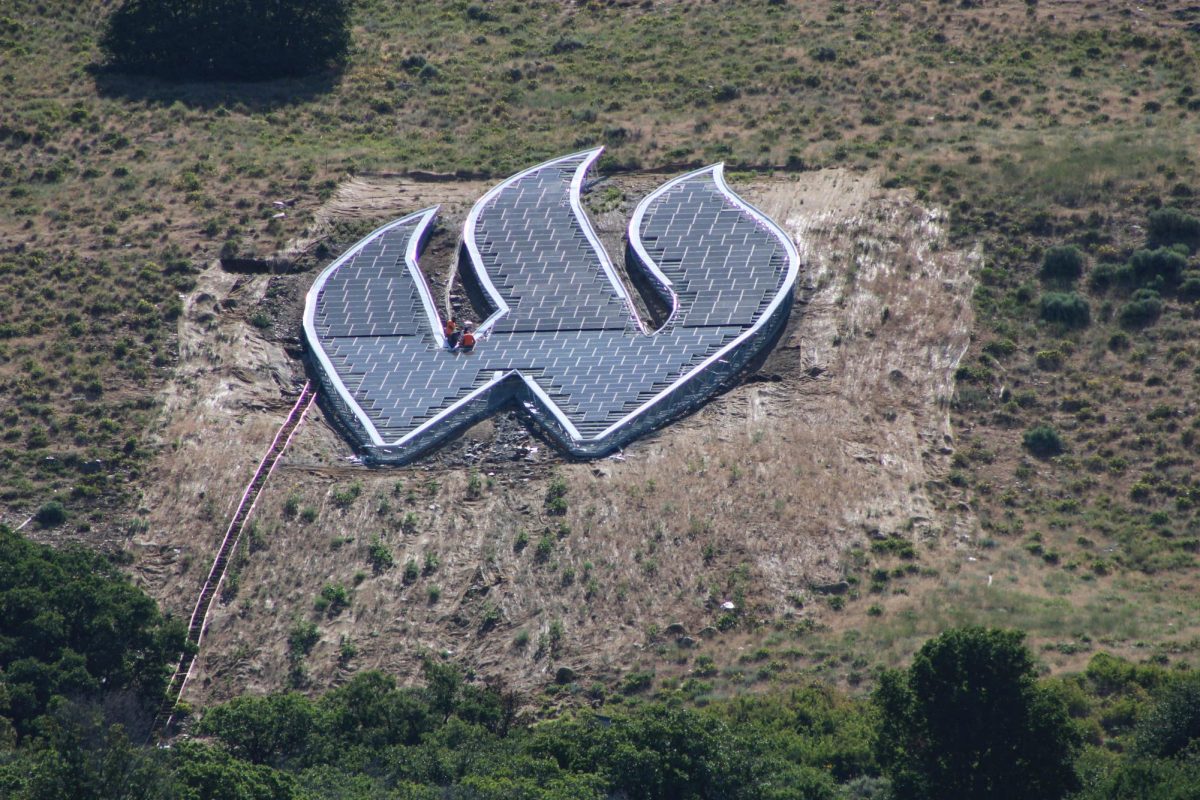Weber State University is officially saying goodbye to one of its most iconic structures: Science Lab Building. A shell of its former self, the now vacant property is set to be demolished over the summer.
According to university spokeswoman Allison Hess, Facilities Management anticipate that passerby’s will notice the “pancaking of the floors” by mid-June.
At that time, its neighbor Lind Lecture Hall, which shares many heating and cooling units with Science Lab, will be temporarily closed. This will require students from NUAMES and those in the College of Science to relocate to portables until Lind and its utilities are back online.
After tearing down Science Lab, campus officials plan to replace the empty site with temporary parking for students according to WSU President
Brad Mortensen.
However, that area will eventually evolve into a patch of grass that will add an element of sustainability and beauty to campus, according to Associate Dean of the College of Science Barbara Trask.
“We’re going to replace some grass in another area of campus, so we’re not just making a concrete garden,” Trask said.
This decision was meant to help WSU achieve one of their many environmental sustainability goals. By adding a patch of grass on campus, Weber officials hope that the school will reach a higher certification in Leadership in Energy and Environmental Design.
Additionally, those same environmental motivations were among the two reasons behind the idea of demolishing Science Lab in the first place.
When funding for Tracy Hall’s construction was originally approved in 2016, WSU promised state legislators to demolish Science Lab Building due primarily to safety concerns and sustainability efforts.
“Part of the reason that we were able to receive funding for Tracy Hall is because of the unsafety of Science Lab Building,” Trask said.
Riddled with cracks in the stairwells, the structural integrity of the building in the event of an earthquake has been a subject of concern in Facilities Management for many years. In addition, the absence of fire safety equipment can be a huge hazard for students working in laboratories with chemicals and open flames.
“We are science people, so we often use fire. There were no smoke or fire alarms in the building and no water system to extinguish anything other than showers for chemicals,” Trask said. “There really wasn’t much to keep our
students safe.”
In an effort to ensure that neither students nor faculty members were harmed, the building was evacuated and closed over winter break.
Although planned to be torn down much earlier, Science Lab gained a few extra years of life through temporarily housing students in the College of Social and Behavioral Sciences during the renovation of
Lindquist Hall.
The building is currently undergoing an asbestos abatement prior to its demolition. In the meantime, students and faculty with any memory left of Science Lab are bidding the structure farewell before the wrecking balls
come in.
“There is some nostalgia for the building, but it should have been torn down a long time ago. Nobody is going to miss it too much other than the nuances of occasionally hearing creaks and drips coming from the ceiling,” Trask said.




















